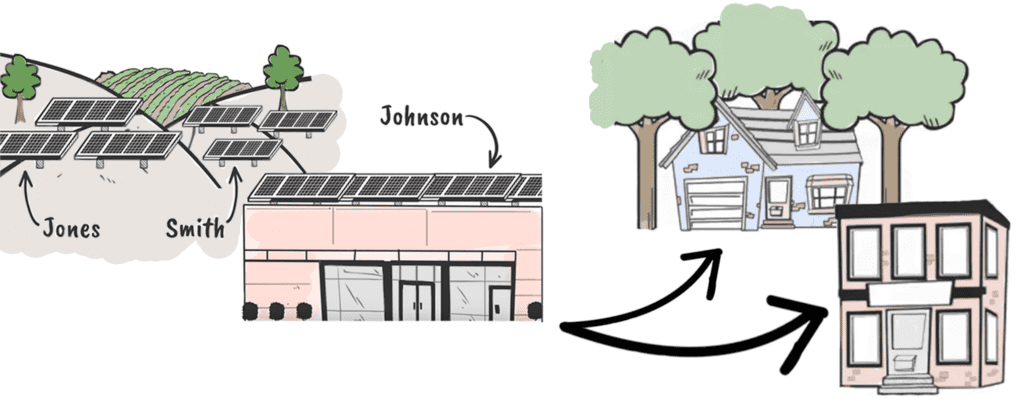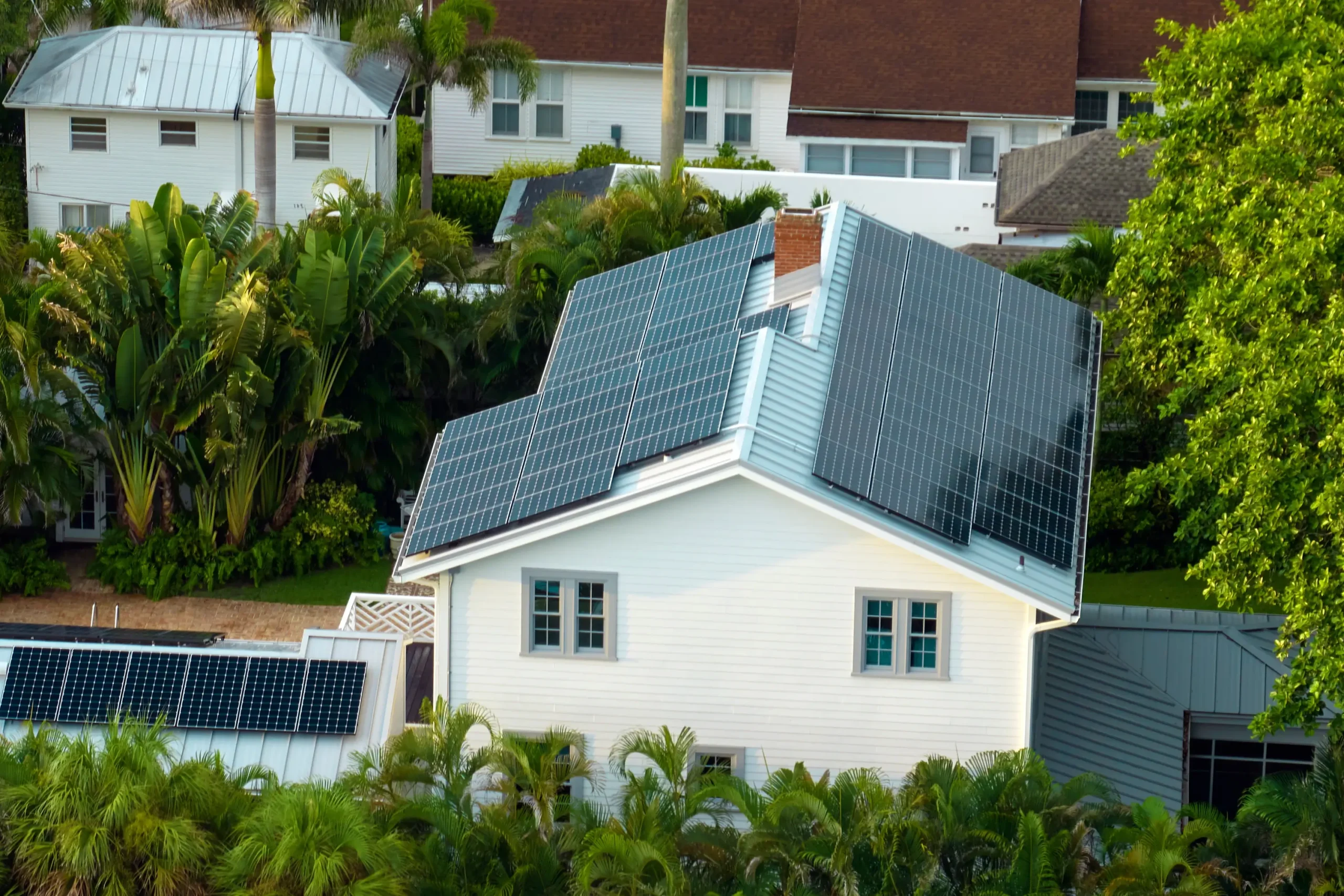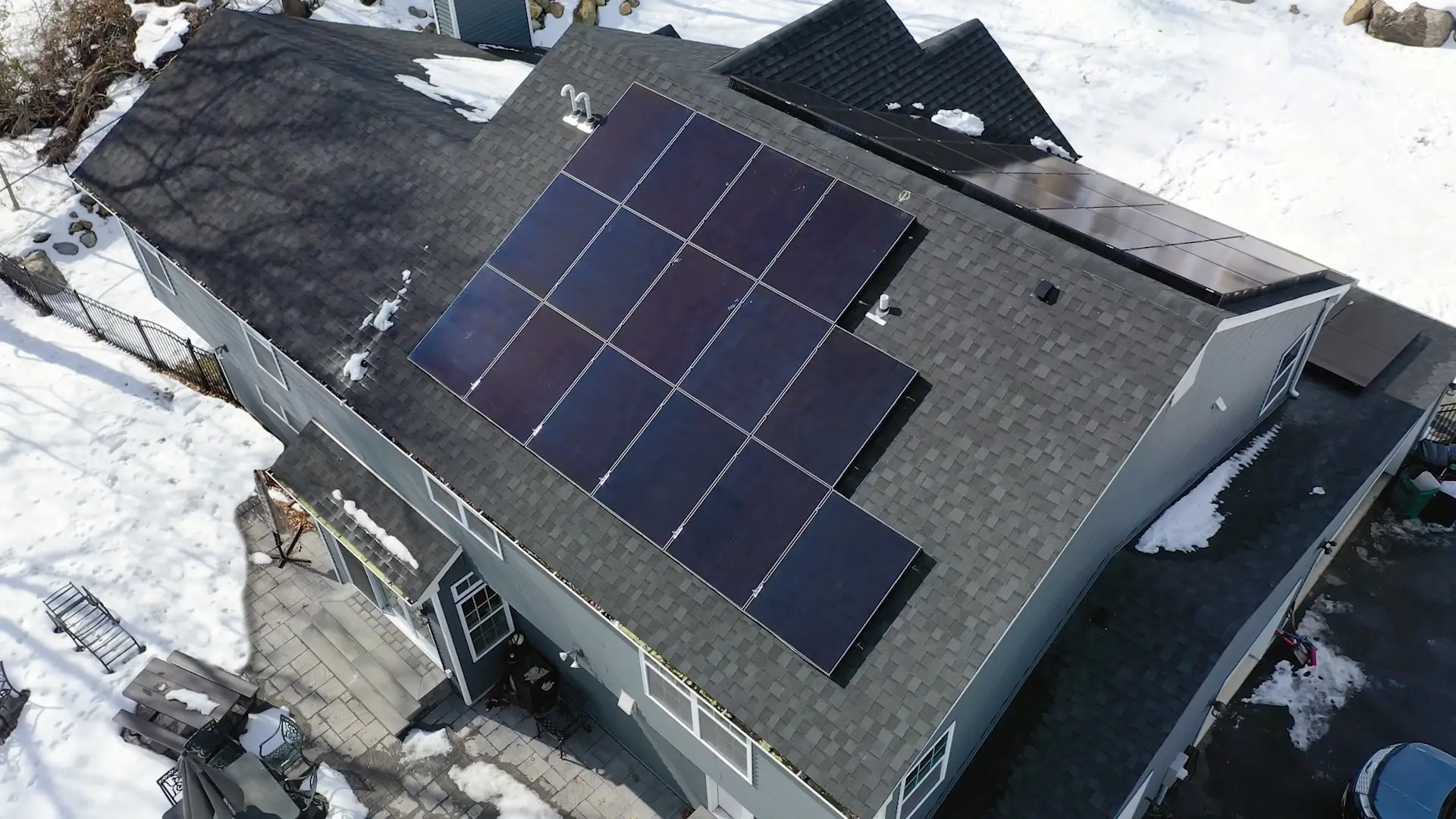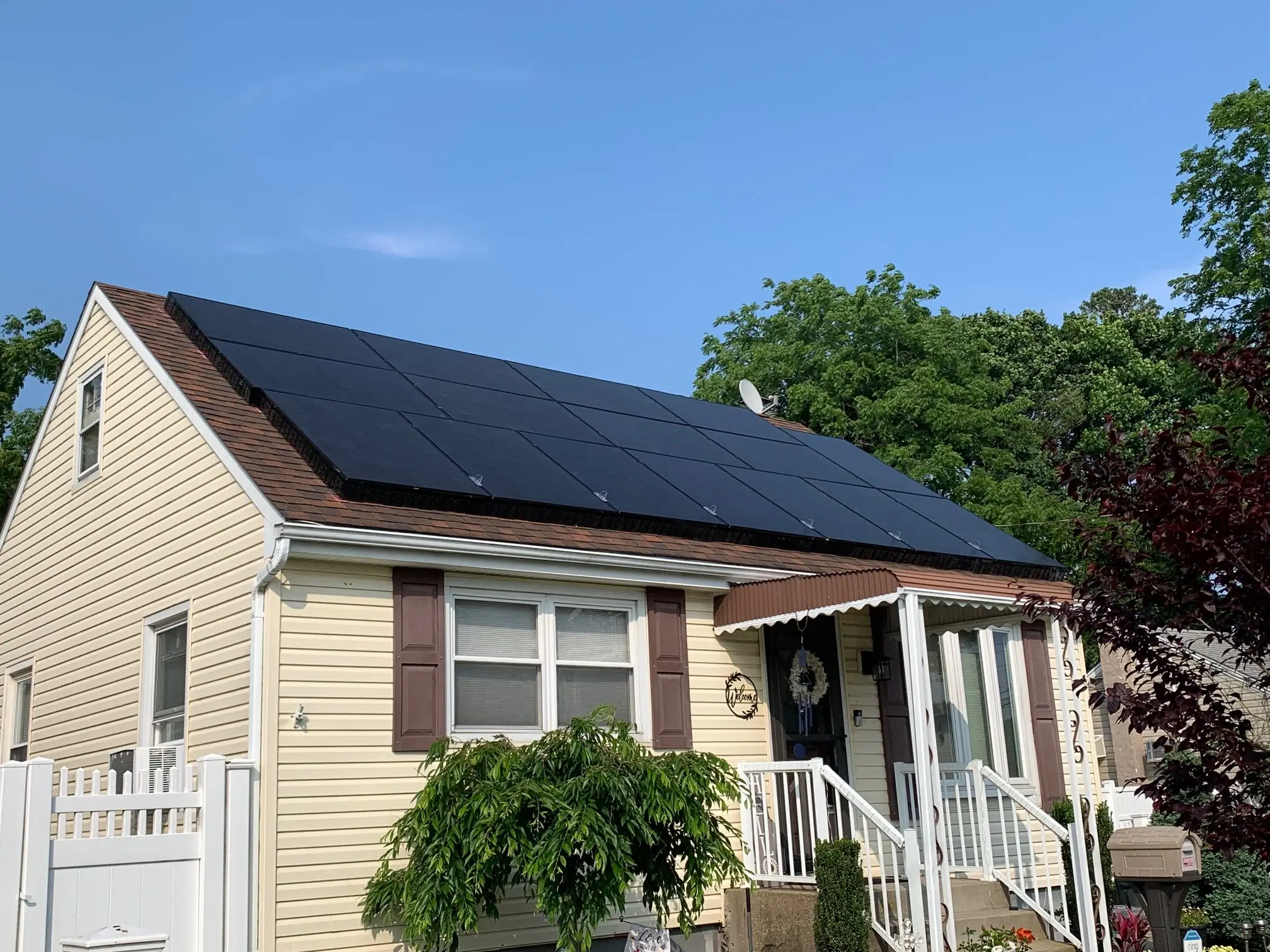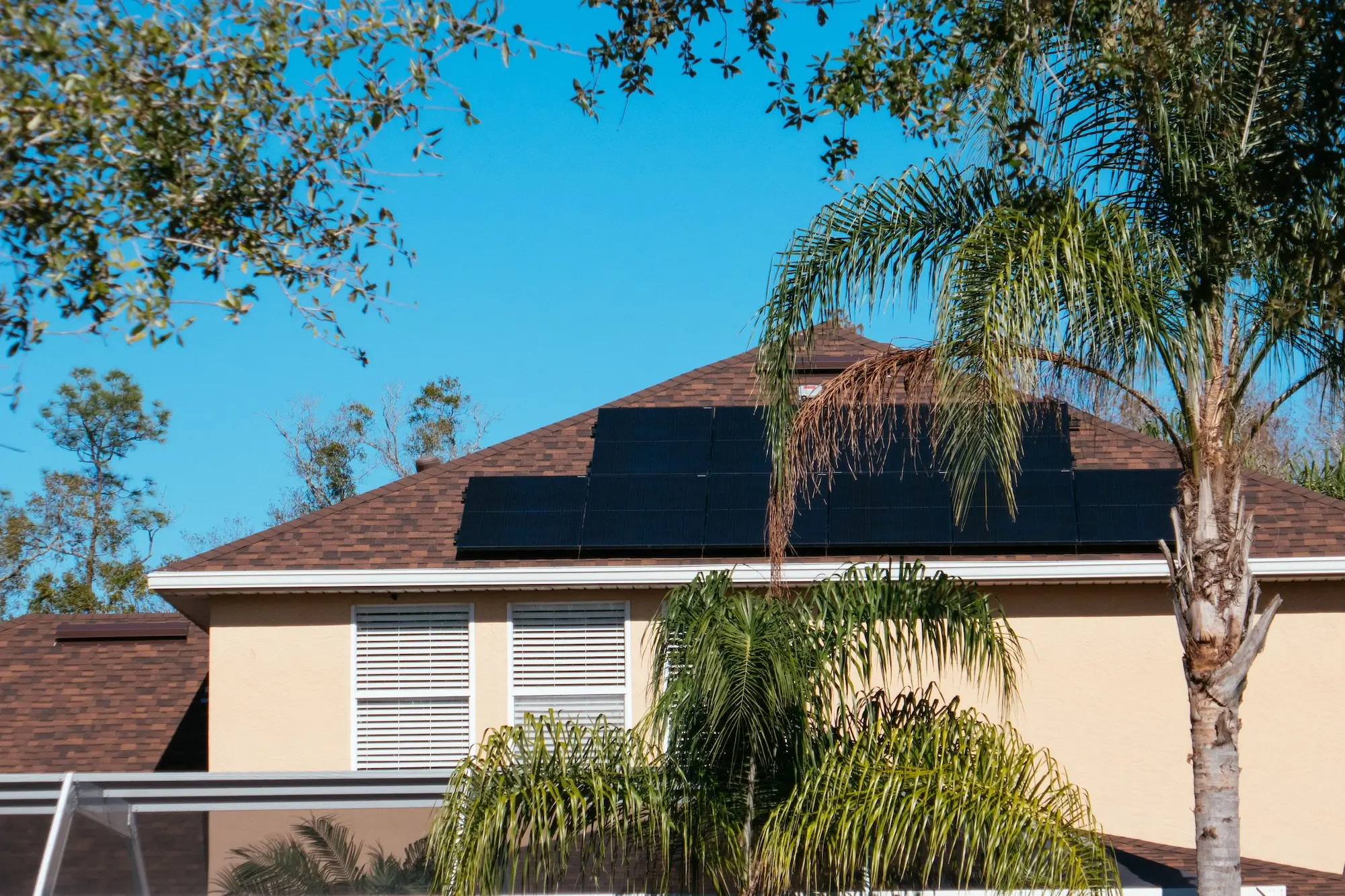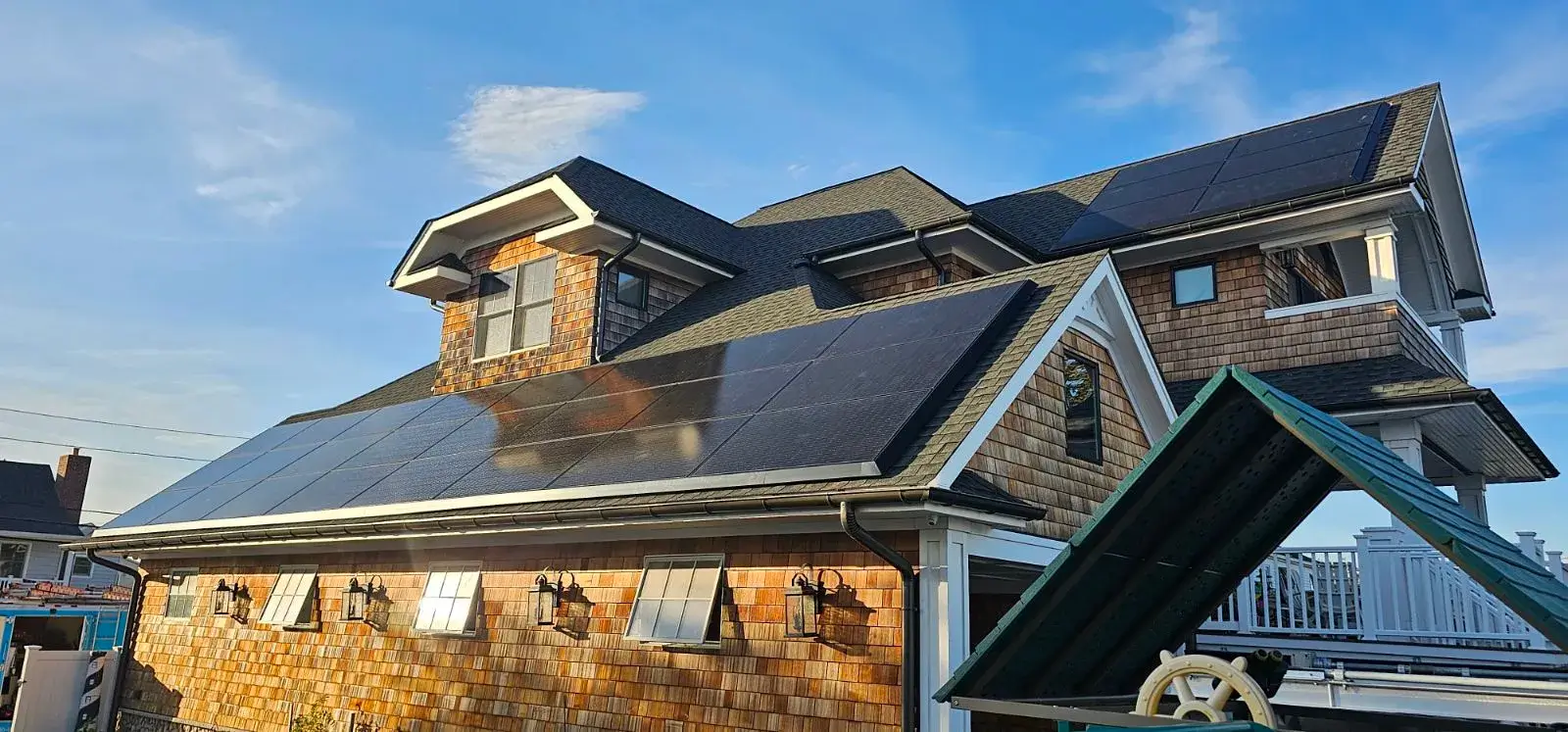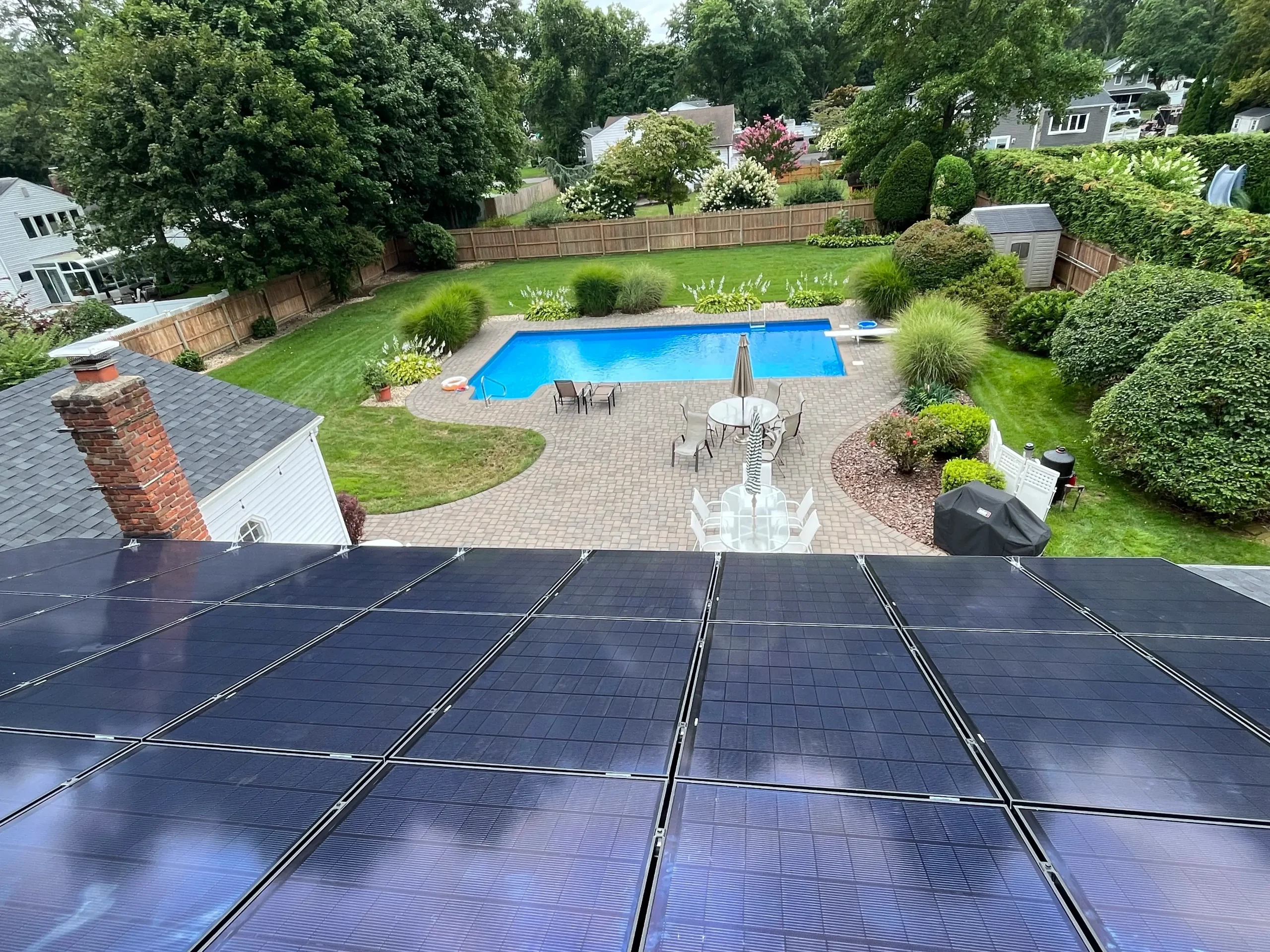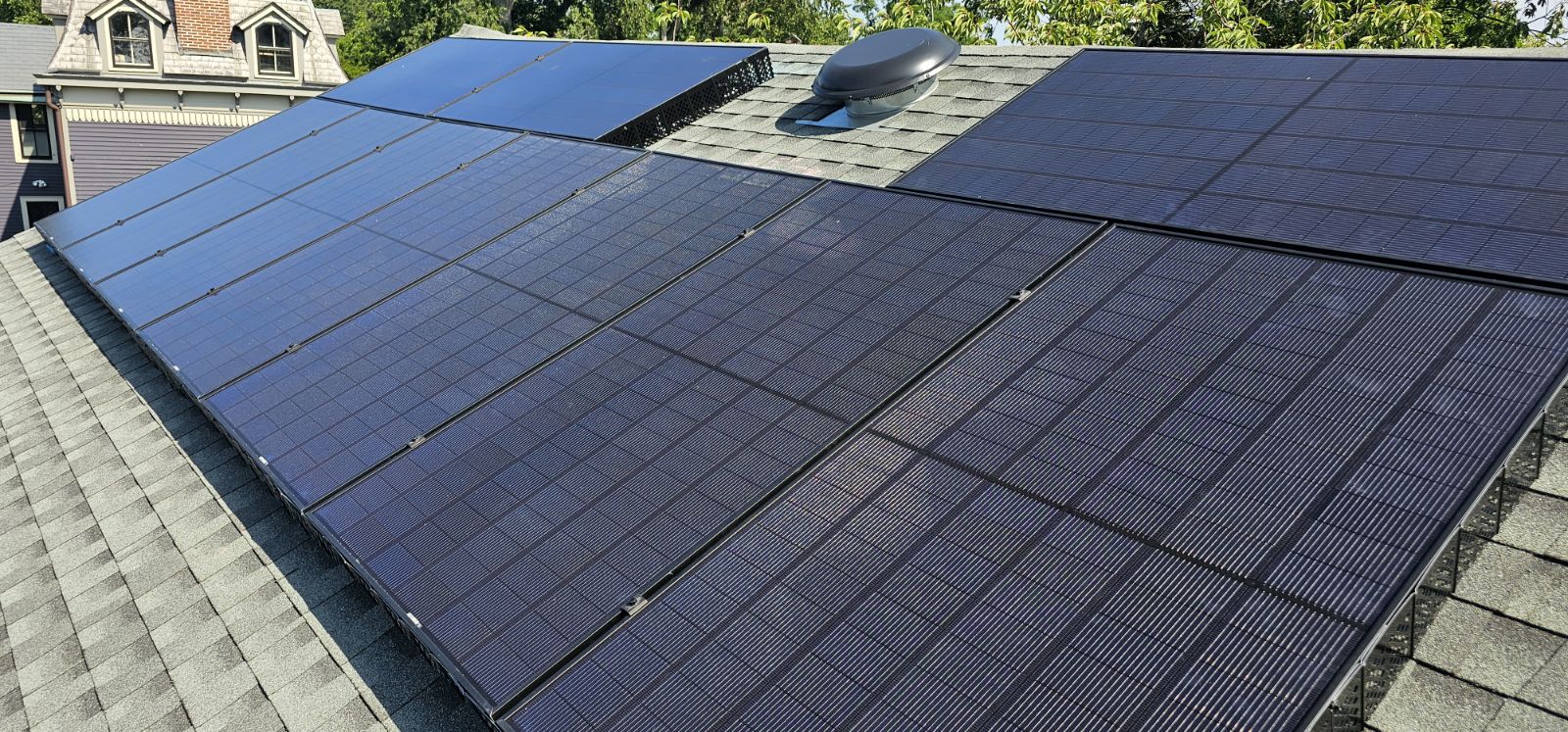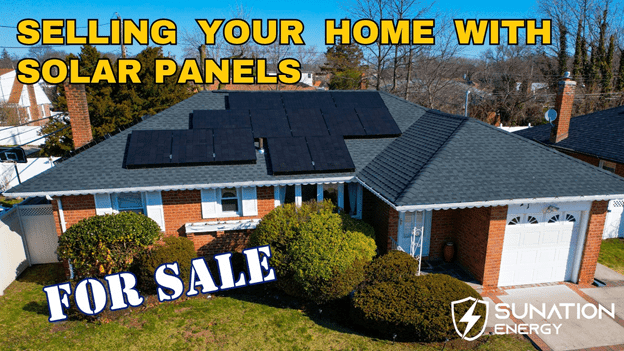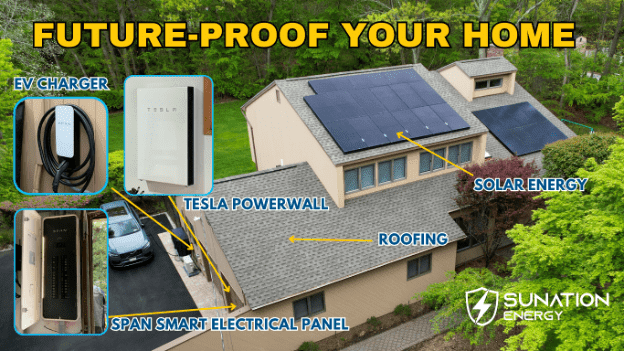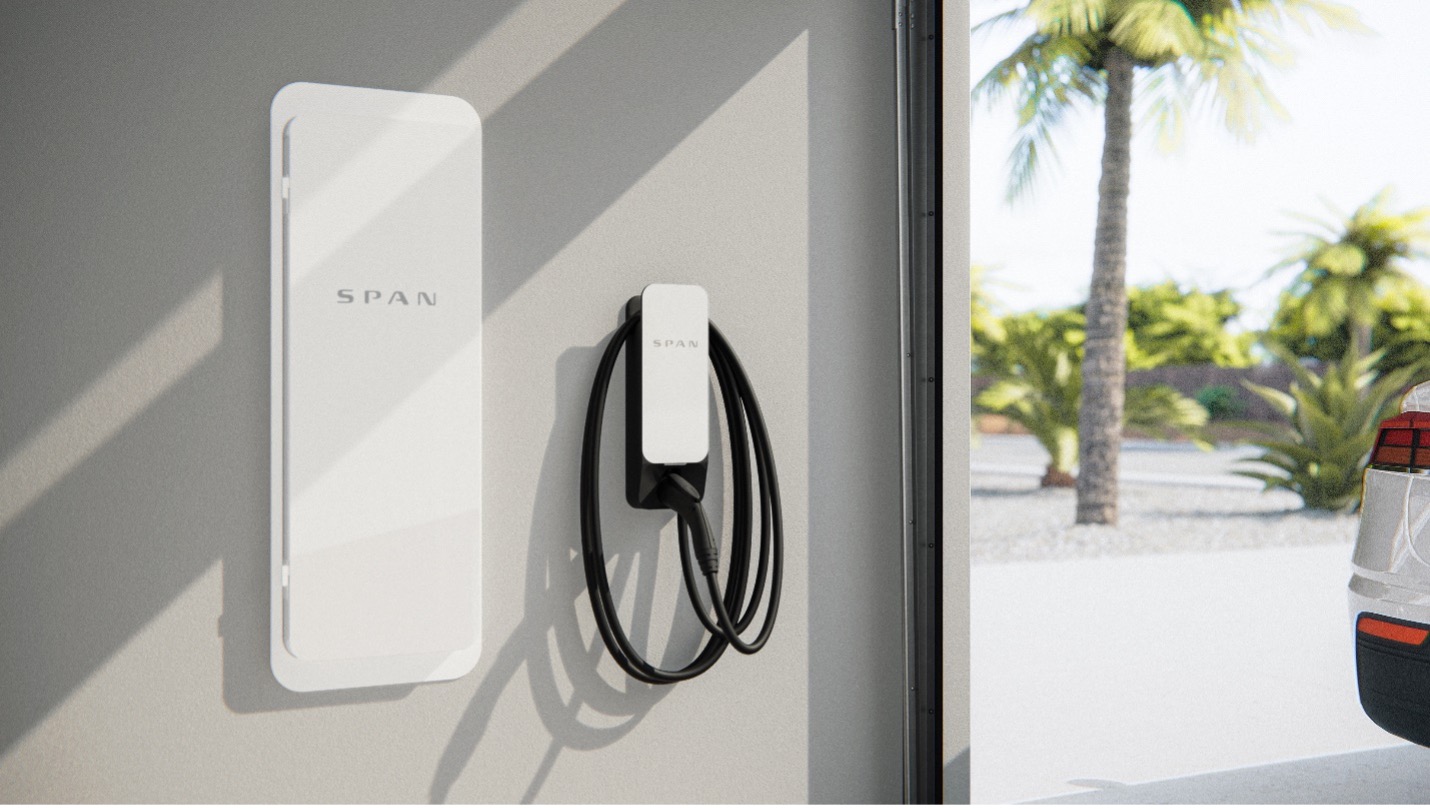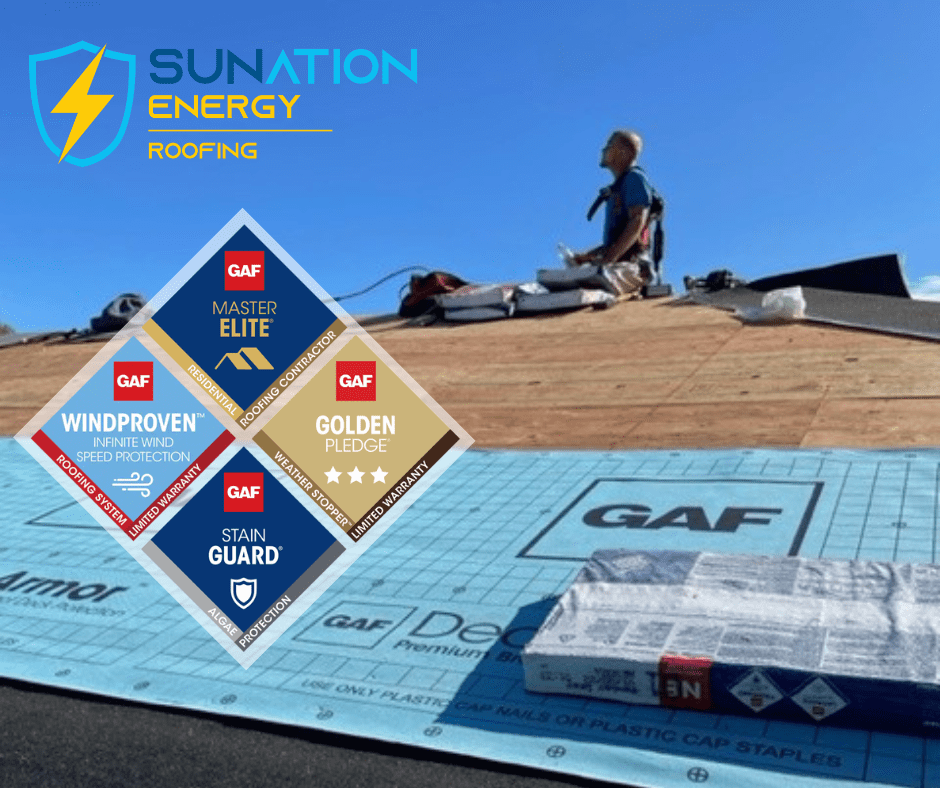Though millions of American households, businesses, and property owners already benefit from solar energy, there are still countless people who don’t have access to it. Consumers who rent homes, live in apartments, or don’t have well-oriented roof space aren’t generally able to reap the economic and environmental benefits solar energy has to offer. Community solar is a new model of solar energy generation that’s quickly sweeping the nation.
With community solar, you can now subscribe to a local solar project to lower your utility bills and enable renewable energy in your community. This model allows you to take advantage of off-site solar power with no upfront costs and flexible terms.
But, before we jump into all detailed benefits of community solar, let’s cover the basics.
What Is Community Solar?
Community solar refers to local solar facilities, also known as gardens and arrays, shared by multiple community subscribers who receive credit on their electricity bills for their share of the power produced. This model of solar allows individuals, businesses, and/or organizations to participate in solar development and receive direct benefits, similar to that of on-site solar installations.
How It Works
Community solar arrays are centrally-located solar photovoltaic (PV) systems that provide electricity to participating subscribers. Anyone in PSEG territory can subscribe to access the clean energy produced. Subscribers’ interest can also typically stay with them if they move to a new address within the PSEG Long Island territory.
Community solar projects and programs are typically offered in two formats:
- With this model, participants can own some of the panels or a share in the project. Shared solar participants typically benefit by owning or leasing a portion of a system, or by purchasing kilowatt-hour blocks of renewable energy generation.
- Subscription. This model allows participants to become subscribers and pay a lower price for the electricity sourced from the community solar farm. They buy the power at a reduced rate without having to own the panels.
Community solar is located at a nearby site in your community, eliminating space constraints and other limitations of on-site development, all while keeping environmental benefits local. Also, your share of the community solar project’s panels is for the length of your service agreement. The great thing is that you pay no money down, so you can start saving right away.
Benefits of Community Solar
Community solar brings more choices to consumers interested in using clean renewable energy. Even for consumers who have the roof and property to install a solar system, community solar offers an alternative option for going solar. Some community solar projects allow subscribers to purchase or lease as little as one panel or a small fraction of the power generated from the project. Savings vary based on each subscriber’s usage, but the average savings range from 10-25%. Though there is no minimum credit score, you must be in good standing with PSEG.
Virtual Net Metering (VNM) and similar policies in a growing number of states allow consumers to financially benefit from community solar. Similar to net metering for rooftop solar power, VNM and comparable policies allow households or businesses to receive net metering credits associated with a renewable energy project installed at a remote location. For example, every unit (kilowatt-hour or kWh) of electricity generated by the community solar farm will reduce the subscriber’s power bill, either as a one-for-one kWh basis or as a monetary credit.
Who Benefits from Community Solar?
Everyone can benefit from community solar! Community solar is growing fast and is anticipated to be a major source of distributed generation over the coming years. Within the next five years, the U.S. community solar market will add as much as 3.4 gigawatts (GW), which can power roughly 650,000 homes. Amazing, right?
Currently, community solar is a part of state legislation in multiple states, but each state program is unique. At least 19 states and Washington D.C. have recognized the benefits of shared renewables by encouraging their growth through policy and programs (see IREC shared renewables scorecard). There are also electric cooperatives, municipal utilities, and/or investor-owned utilities that offer their own community solar programs. Finally, those who participate in community solar benefit directly from the energy produced by one solar array.
Why Is Community Solar Important?
As the solar energy market rapidly expands, more and more people are exploring the possibility of switching to solar. While not everyone is able to install panels on their roofs, alternative business models like community solar are gaining popularity and increasing access to clean solar energy.
As community solar subscriber, you can be a community leader, joining other local businesses and residents that want the benefits of community solar. Also, by participating in a community solar array, you are enabling local, clean power development and job creation in your community. Ultimately, community solar increases solar technology development in communities, making it possible for people to invest in solar together.
How to Get Started
To begin reaping the benefits of community solar, you will need to follow these 4 simple steps:
- Subscribe to SUNation’s Community Solar
- Provide us with a recent PSEG bill to determine your energy usage needs
- With SUNation, there is no 25-year commitment, and your energy will still be delivered through PSEG, just like it always has been.
- Once you sign your contract with us, you can start saving up to 10-25% on your PSEG bills!
Now that you’ve learned about all of the financial, environmental, and localized benefits of community solar, it’s time to get signed up and start saving!
